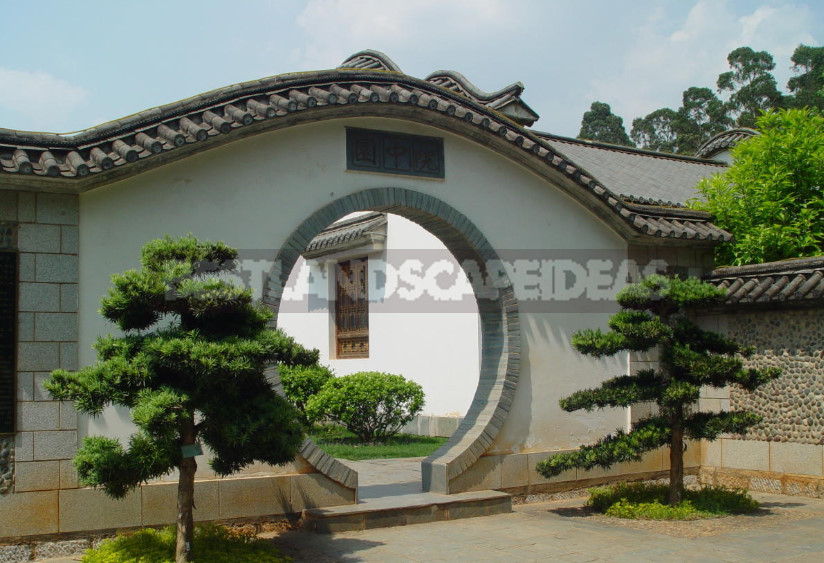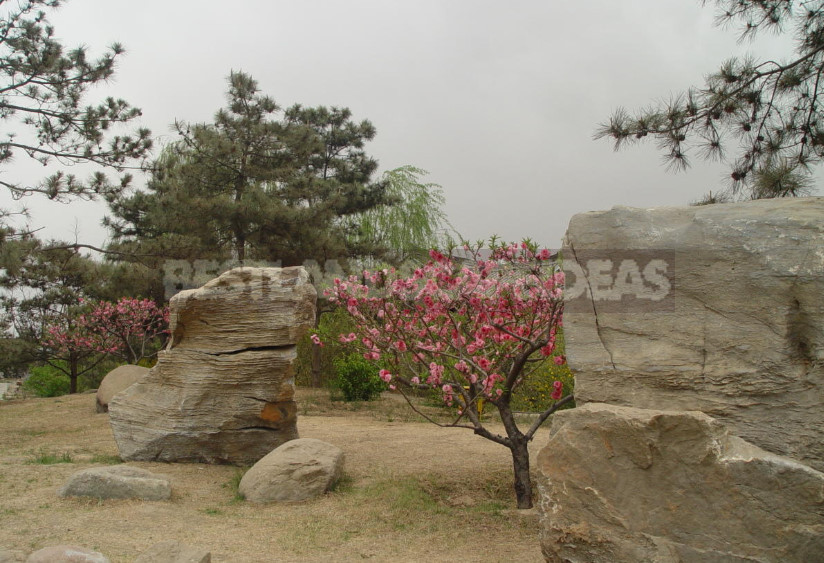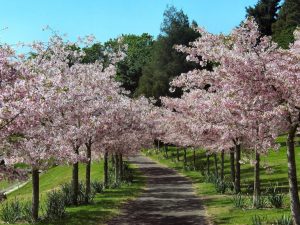
After I visited China several times in different seasons, visited various parks, gardens, nature reserves, I had a desire to share with you my impressions of what I saw there and my thoughts about Chinese gardening. I think that the ideas that China so generously gives will be useful to those who seek to achieve a high level in landscape design, in designing their garden.
However, without special training, without the help of local specialists, it is not easy to understand many styles and forms, approaches to creating a garden. And this should not be done immediately, so as not to allow errors. You need to feel the Chinese garden philosophy. And we will try to delve into it long, thoughtfully, patiently. For without patience, insight, and a sense of harmony, not a single garden was created in China.
The philosophy of Chinese garden
Let’s try to understand what a Chinese garden is. The landscape art of China occupies an outstanding place in the history of landscape architecture. Its significance is not limited to the Great Wall of China.
Little history
We often overlook or do not know that it was the Chinese tradition of creating a landscape garden style that had a significant impact on the development and formation of European (especially English, since the XVIII century) landscape design. This has led to a change in the basic design principles, general views and private preferences when creating “English” gardens and parks.
The history of gardens in China has more than 3 thousand years. Over the centuries, local gardeners have found ways to skillfully use the natural landscape, artificially create “natural nature” in a small volume, ways to penetrate the natural world through a special and precise artistic expression. This can still be seen in many national-especially imperial and monastic-gardens and parks.
“Look around, look into yourself”
The main idea of the Chinese garden is to create a miniature world of nature. The Chinese say, ” A single mound of stones can evoke innumerable responses in the soul; a stone, even the size of a fist, evokes many feelings.”: “A handful of earth and a spoonful of water attract boundless thoughts.” In Chinese, a well-honed phrase is the key to understanding the subtleties of contact with nature. For nature itself is an inexhaustible source of inspiration for the gardener. The garden as such should be ” an interpenetration of the calm and changeable, like the reflection of the moon on the ripples of the water surface.” Pull yourself together. Hear the melody of nature.

The skill of a gardener is the ability to use the original natural landscape and all its components for self-realization and self-expression. “Look around, look into yourself” – this is the main principle that guides the gardener. Even chaos in nature-and it’s perfectly organized. In the garden, as in any flower arrangement, everything should be harmonious-the idea, the color, the shape, the volume, and the lines.
Openness to the natural world implies the ability to listen to it sensitively. The Chinese garden cultivates a keen sensitivity, the ability to immerse yourself in the world of subtle perceptions. The best proof of this is the idea of the garden as a miniature world. “There is another garden inside the garden, “says an ancient Chinese proverb. A garden in the Chinese sense is a whole world containing human life”.
Here we should mention such an original and amazing invention of China as “gardens on a tray”, which the Japanese later turned into bonsai. To grow a garden is like creating a miniature: both require inexhaustible patience and unflappable peace of mind.
Tradition and individuality
The Chinese garden is the embodiment of traditions that take into account the peculiarities of the geographical conditions of each particular area. In this case, be sure to make up your own special philosophy and a special vision of the gardener who creates it.
Each garden is a collection of many elements that carry a complex philosophical load, so in your particular garden, you can only move some elements that either emphasize a particular subject, or emphasize your style, your view and vision of nature.
A distinctive feature of the Chinese garden is the formation of cultural landscapes, but created so that human intervention is invisible. The created garden should reflect the love of nature and cause peace in the soul.

The garden is a place of meditation, relaxation, and relaxation.
Types of gardens and layout features
The gardens of China amaze with their diversity. They are a reflection of nature, but created by human hands. None of the Chinese gardens are like any other. The Chinese like to repeat: “There are no strict rules in the arrangement of the garden, except for the inner harmony of the creation as such, and each gardener must show his own skill, experience, and knowledge.”What a boost to the imagination this phrase gives us!
Chinese gardens can be divided into six main types:
- gardens at the imperial palaces;
- gardens at the imperial tombs;
- temple gardens;
- gardens of natural landscapes;
- home garden;
- gardens of scientists.
At the same time, they are superimposed on the features, traditions of each province and region, the style and character of the gardener (or, in modern terms, the landscape designer).
One of the main directions of Chinese garden art is the creation of miniature gardens on small plots of land. They accommodate various architectural structures (gazebos or pavilions), bridges, ponds, rocks and grottos, necessarily adding to the overall aesthetic of rare species of trees and flowering shrubs, planted both singly and in groups.
The second direction is the design of landscapes on vast territories, with the construction of huge reservoirs and fairly large landforms, often man-made (rocks, mountains, waterfalls). Be sure to plant plants in large groups, crossing the planting paths, “rivers” or streams, visually and geographically dividing the space. Most often, almonds, apples, cherries, plums, peaches or woody and herbaceous peonies, tulips, roses, irises, lilacs are planted.
If you have only 6 acres – then you need to master the first direction of the Chinese garden. If you are the owner of large areas – you can do a garden on a hill. The main thing to remember is that the garden should be a place not only for work, but also for recreation, to create a good mood.
The main idea that the Chinese pursue when creating a landscape garden: “As you pass by the garden, in each new point of view for its visible redistribution, there should be (at least, it seems) more and more, and the next new view (landscape)”. In the garden, it is important to create the illusion of its infinity, but nothing should “catch the eye”, be too bright and catchy, as there should be no empty, lost areas. It is important to organize the garden so that there are places that attract the eye, attract, create a mood.

When designing a garden, the Chinese strive to create a corner of nature, brought to perfection in accordance with certain aesthetic criteria, which must be adapted to philosophical reflections on the meaning of life, the surrounding world. The variety of the created garden composition, regardless of its scale, arises from non-repeating views that cause a change of emotions in the soul. The landscape of gardens created in the Chinese style is necessarily smooth lines, ponds, soft forms, free-growing plants. Architectural structures emphasize the special mood of the landscape.



